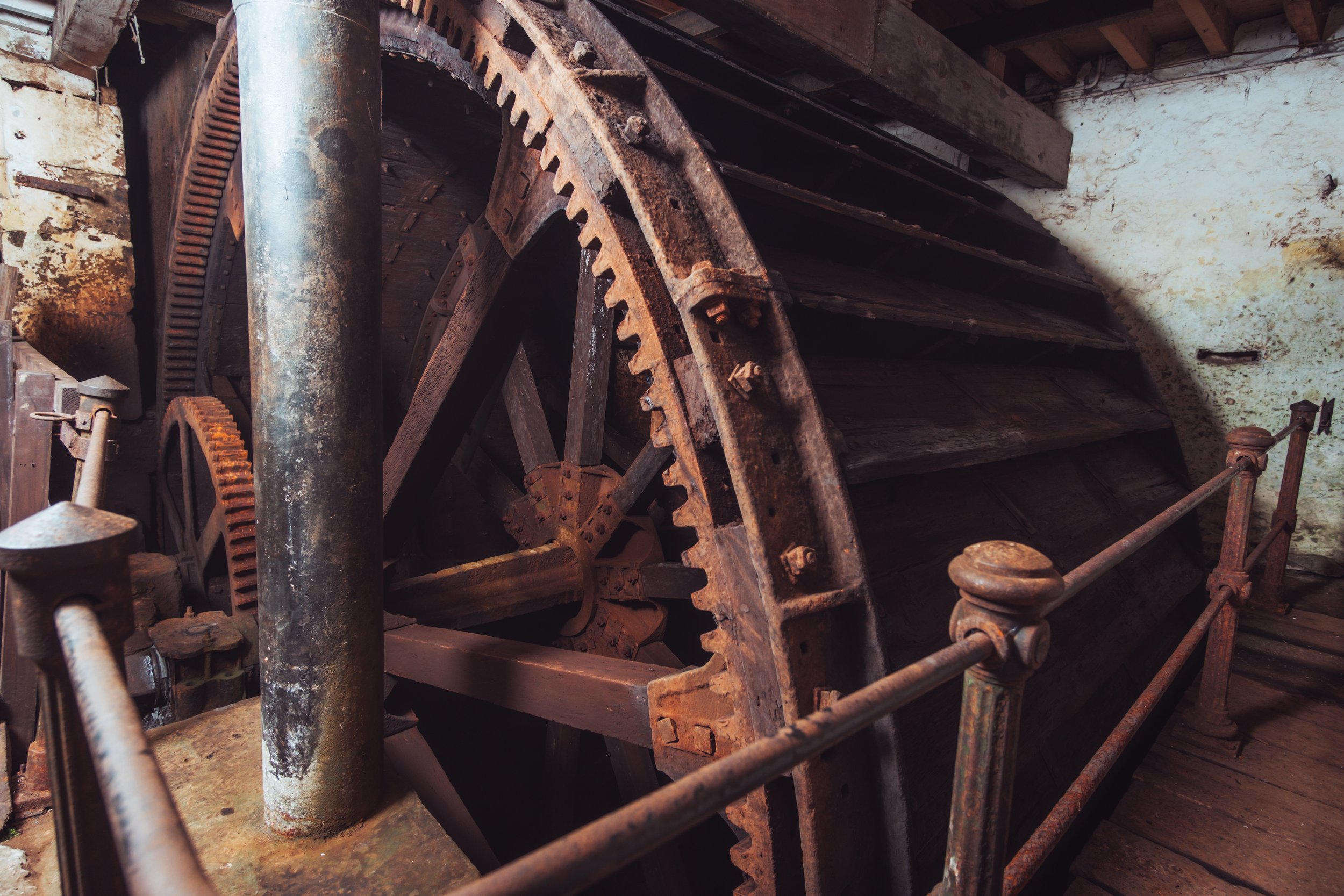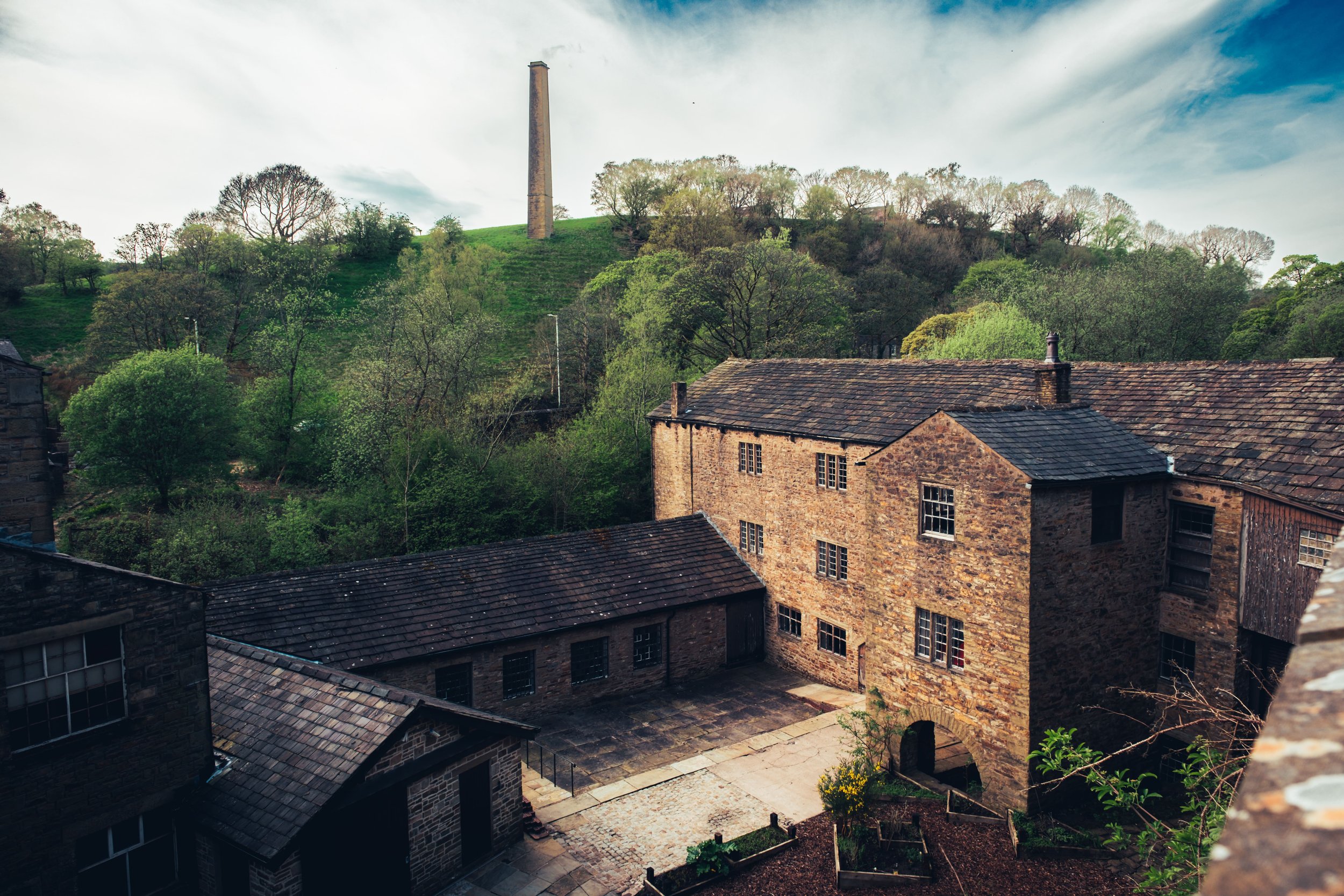
Step into the past powered by the present
Higher Mill Museum offers a unique glimpse into Lancashire's early industrial heritage. From 1789, when it was first built to finish woollen cloth, to its continued presence as a cornerstone of British history, the mill is a must-see attraction for anyone interested in the woollen industry and local history.
Our Vision
We envisage a successful and authentic heritage attraction, where collections housed in a preserved scheduled monument and site will continue to attract, educate and inspire future generations.

The formation of the Higher Mill Museum Trust
The formation of the Higher Mill Museum Trust
In 1967 Higher Mill closed after operating as a fulling mill for 90 years. Soon after, the building was scheduled as an ancient monument.
Higher Mill Museum Trust was formed to acquire the building and establish a museum to preserve the fascinating history and heritage around the site. Founding trustees include Professor Owen Ashmore F.S.A, author of Industrial Archeology of Lancashire and Rt Hon. Sir Rhodes Boyson MP, who was born and brought up close to the mill.
Despite the efforts of the founding trustees, the project was too big of a demand on time and resources. In 1975, Lancashire County Council agreed to lease and run the site as a museum. This meant that the council’s museum service managed the museum's running, staffing and administration.
The history of the cotton industry is right on your doorstep
Delve into Higher Mill Museum's history and discover its vital role in the cotton industry and Industrial Revolution.
Help Higher Mill Museum to remain for generations to come
Your donations help us to make Higher Mill an even better visitor experience.





